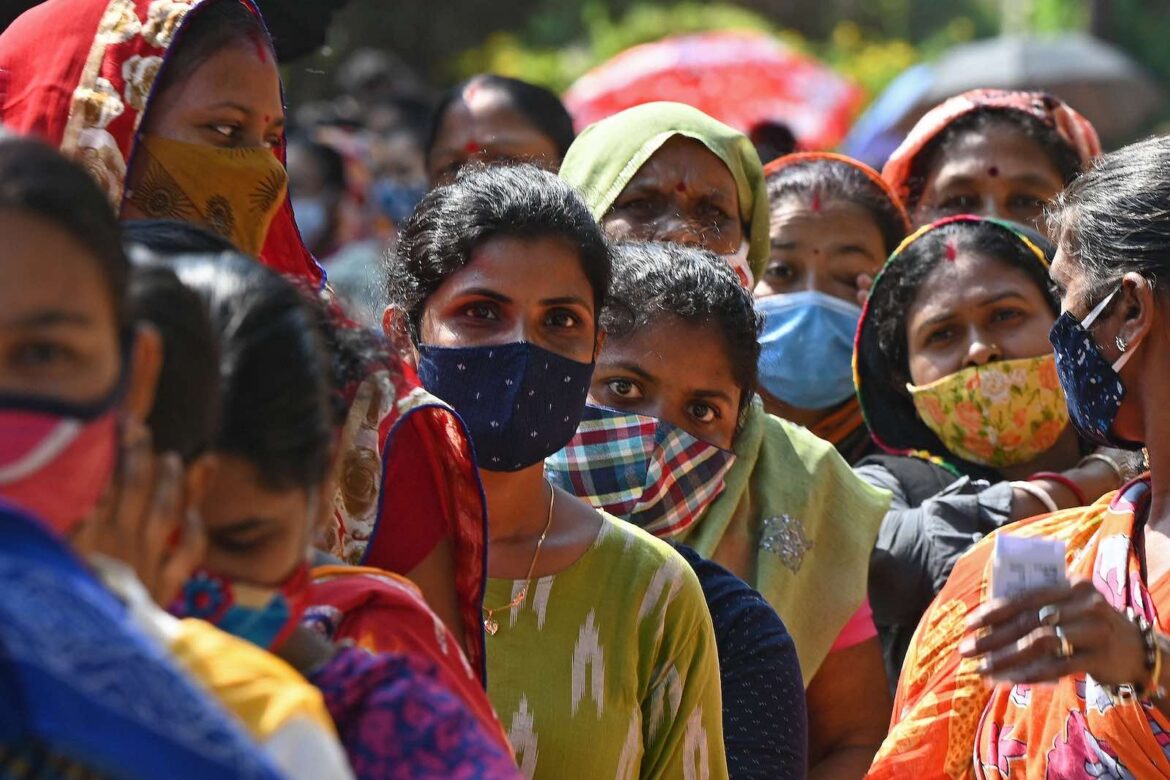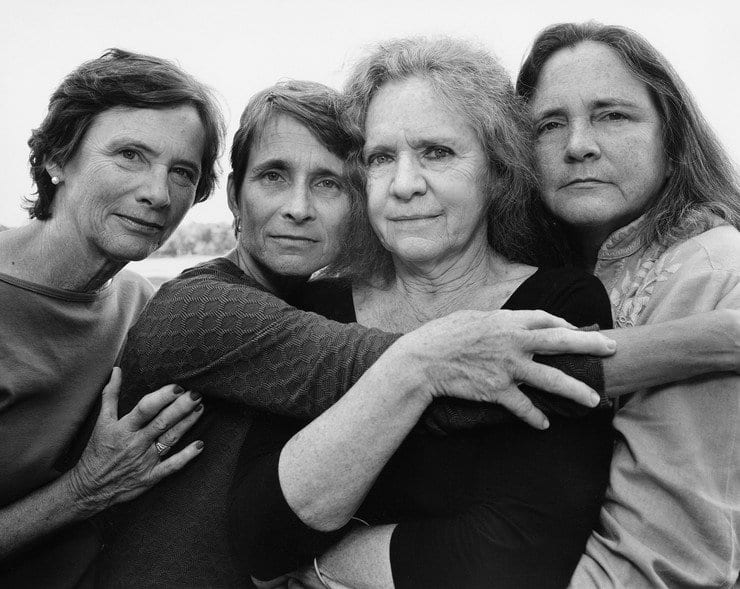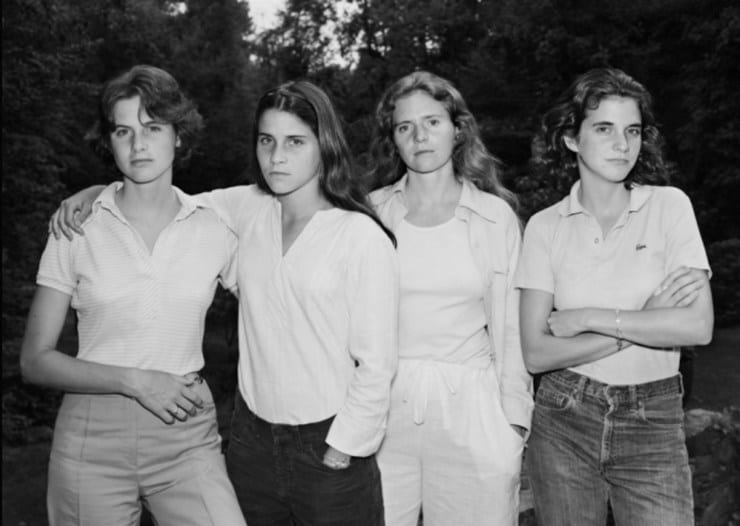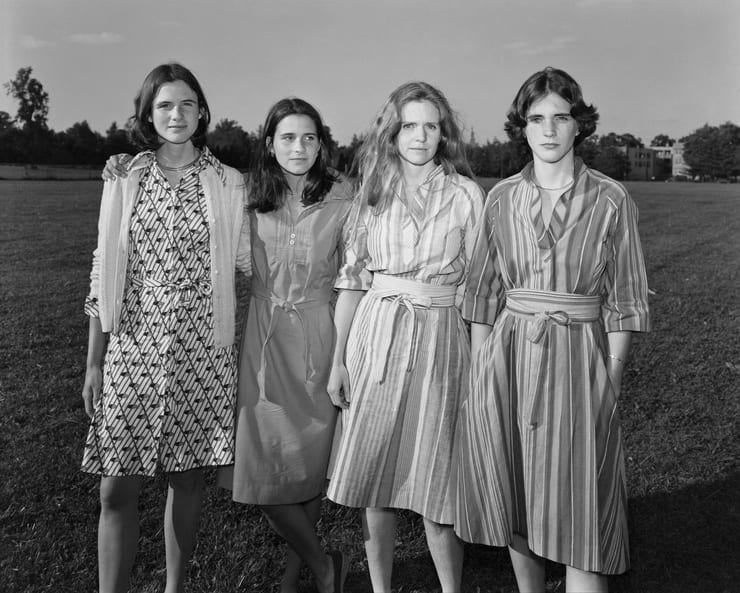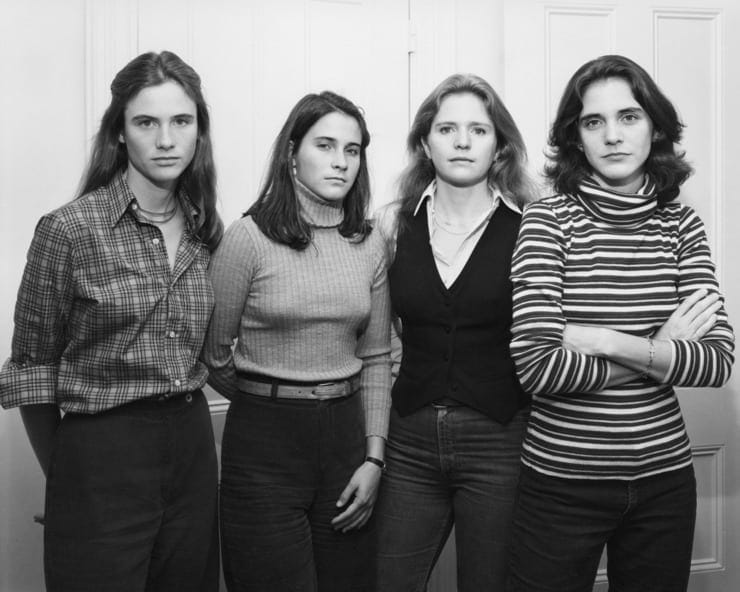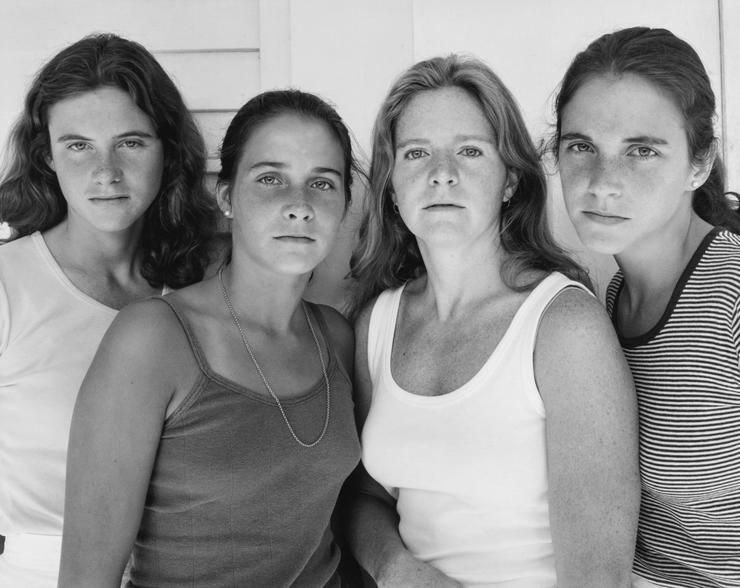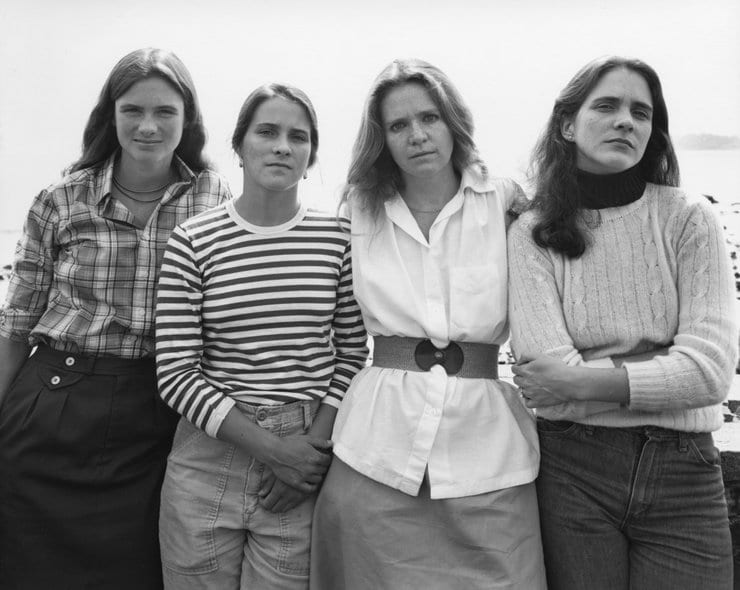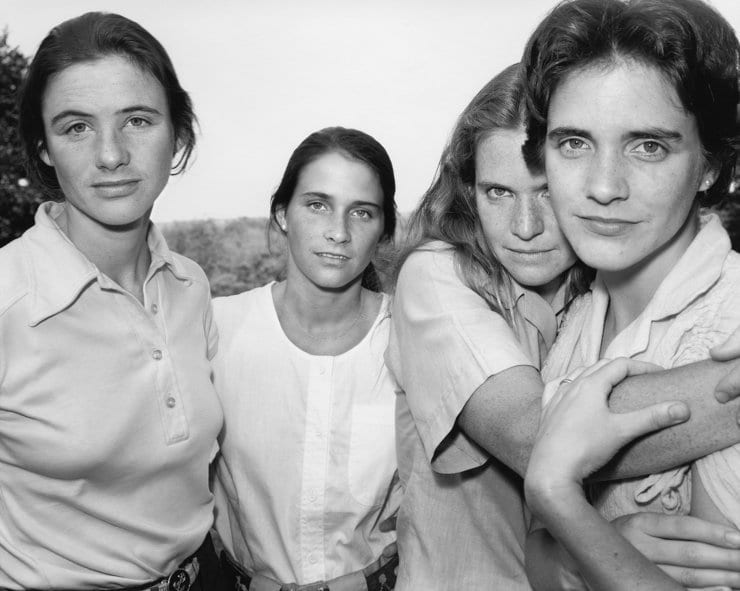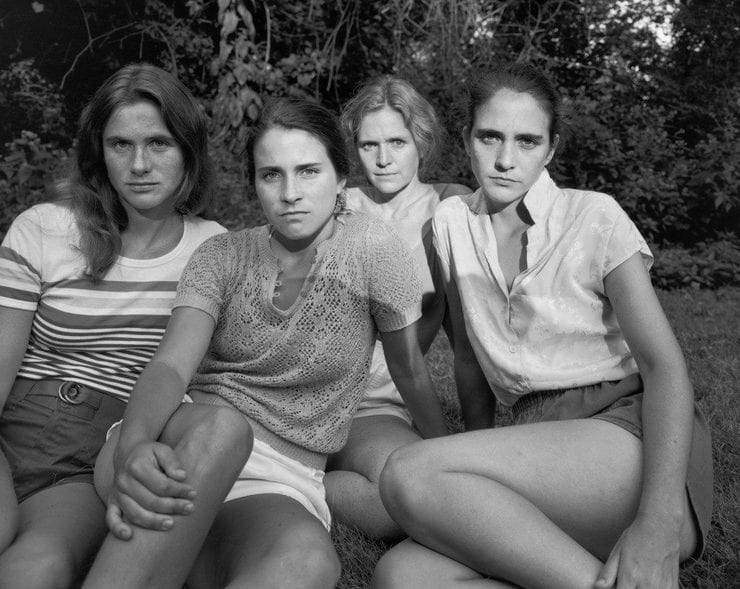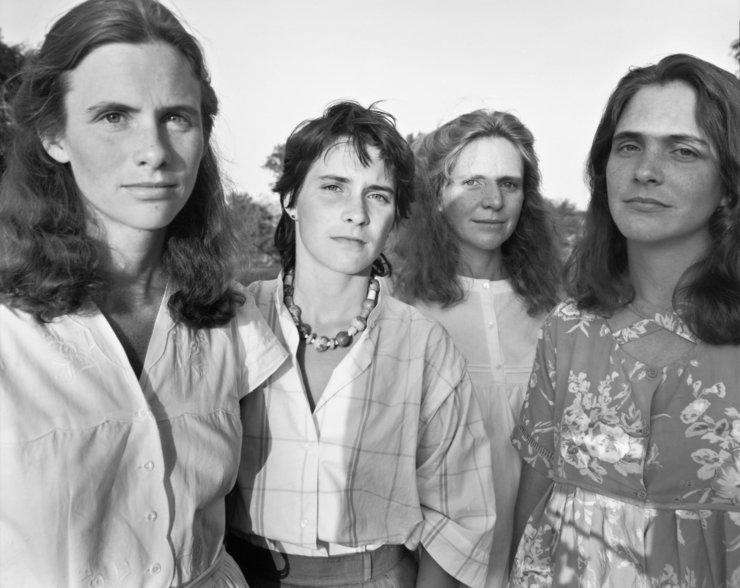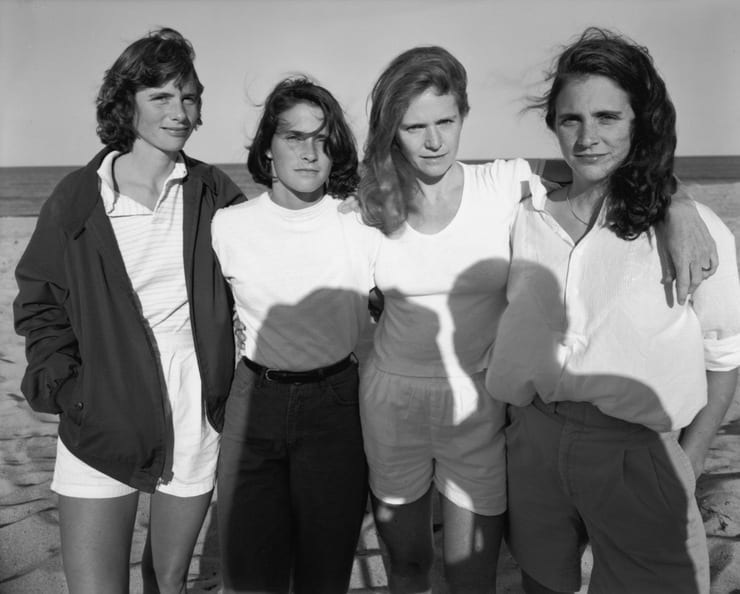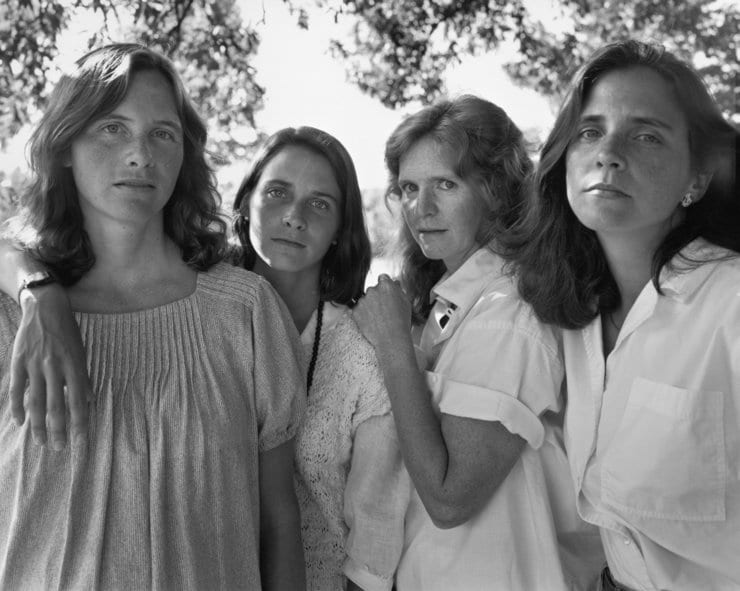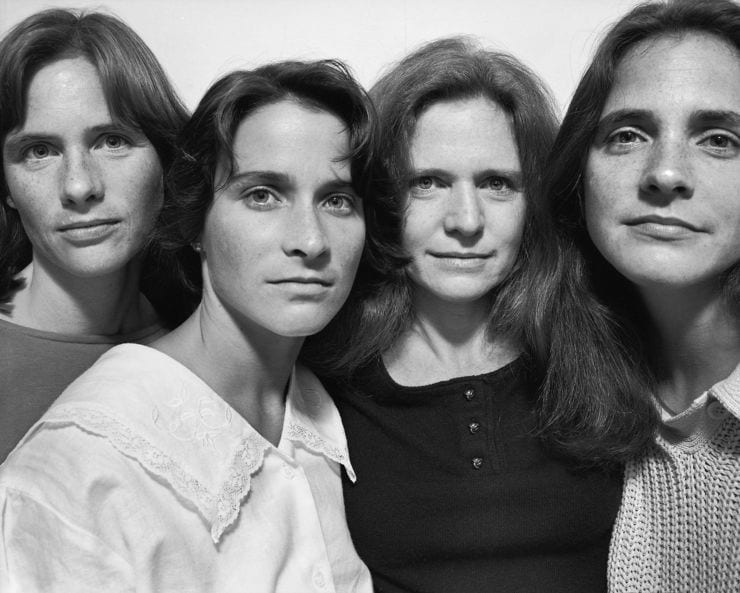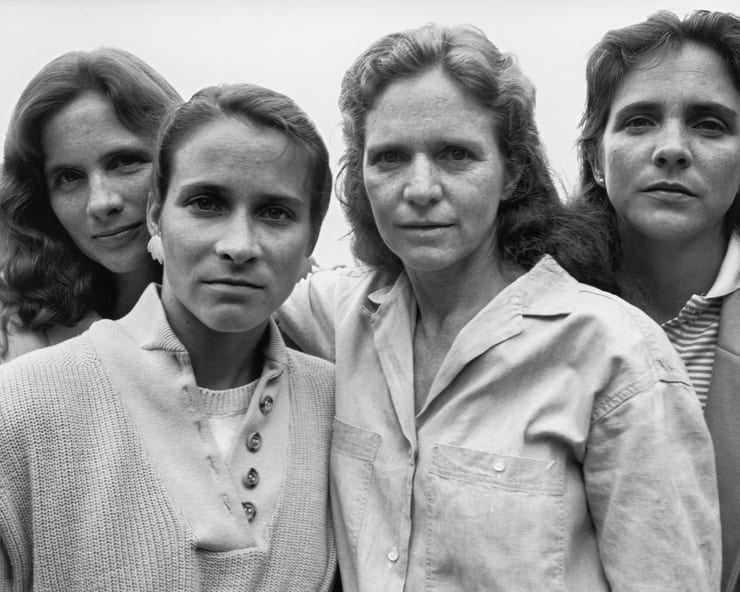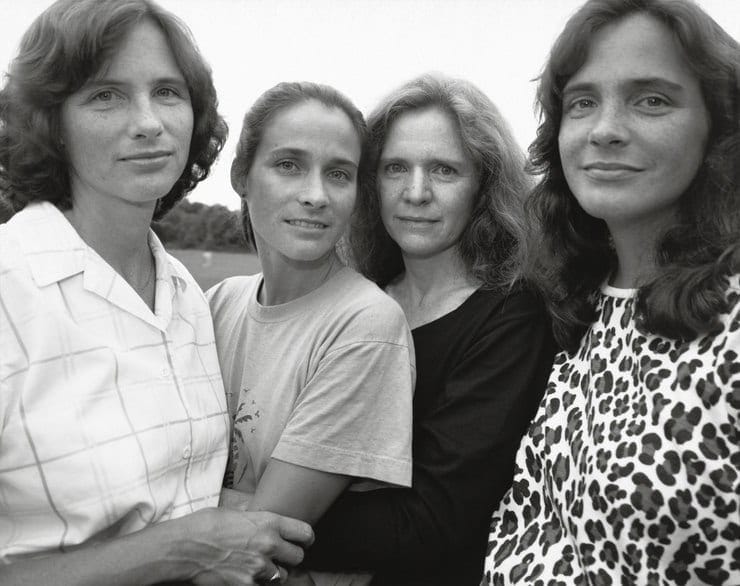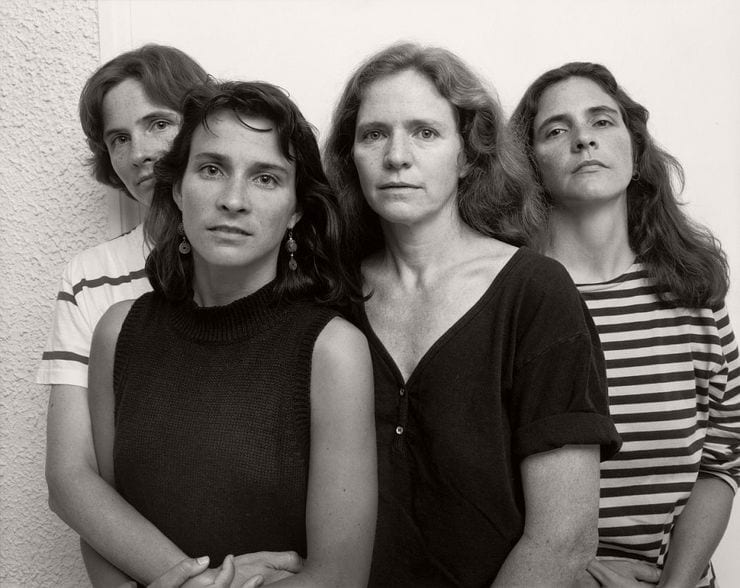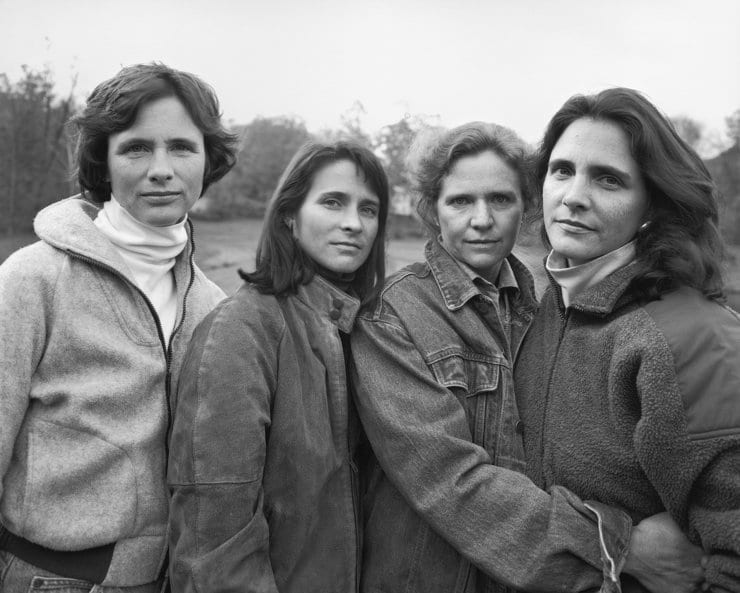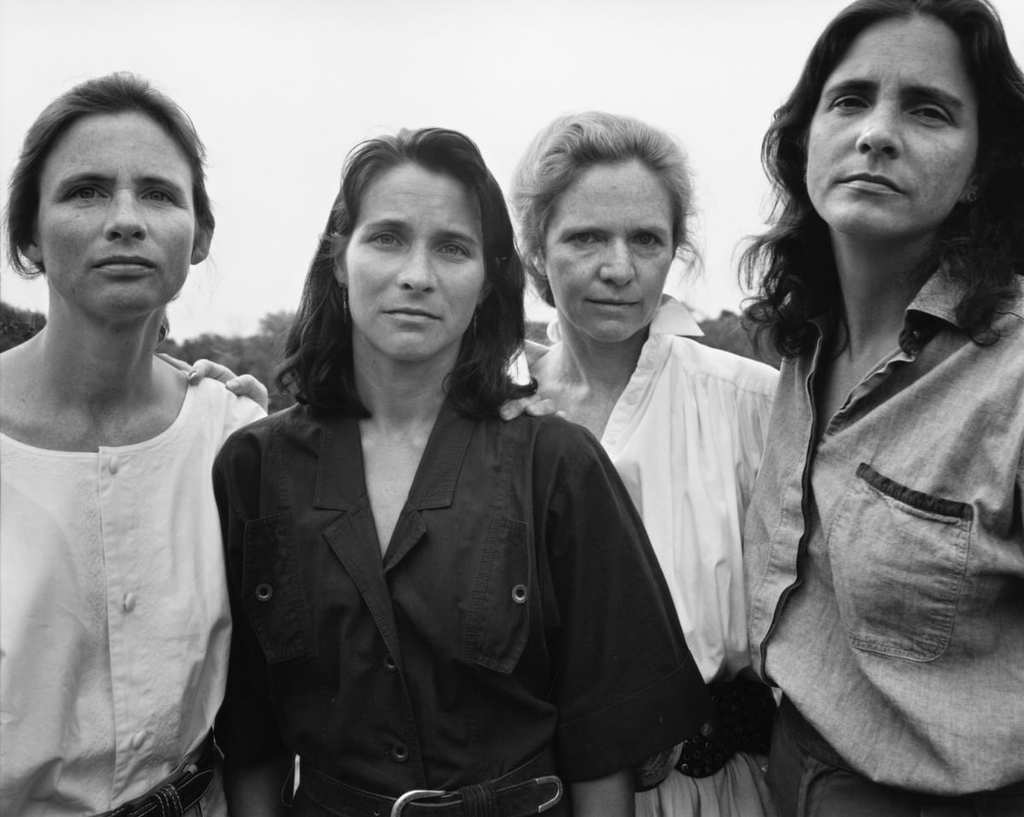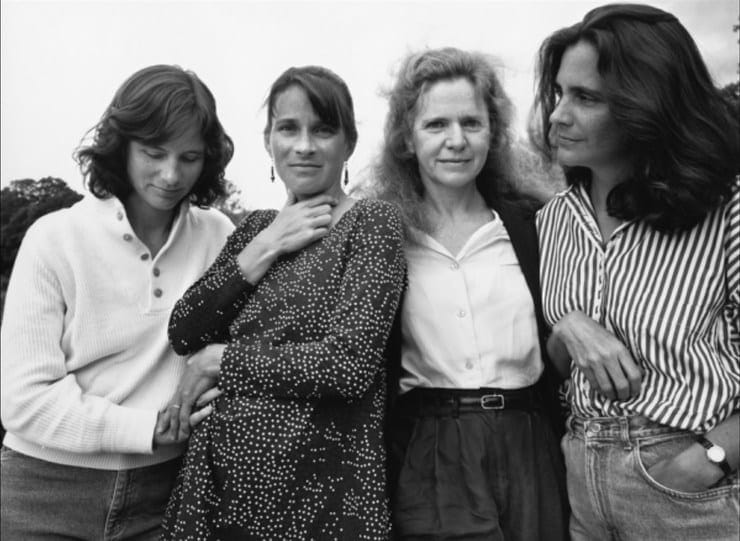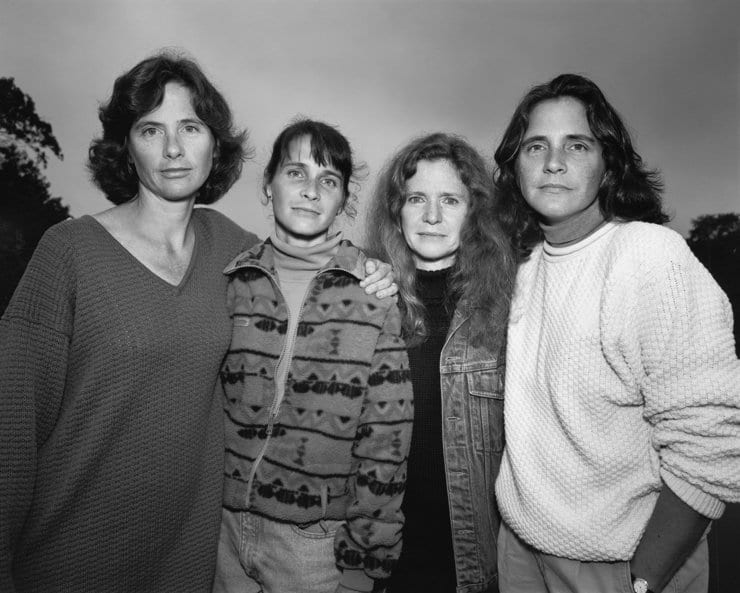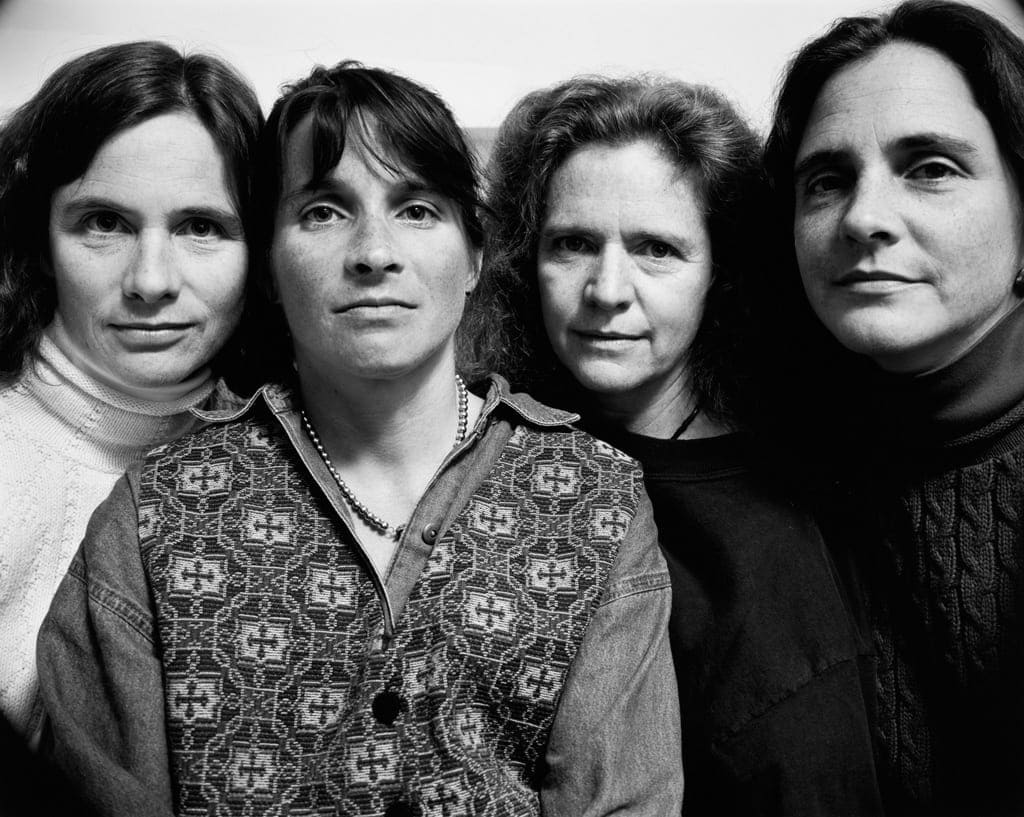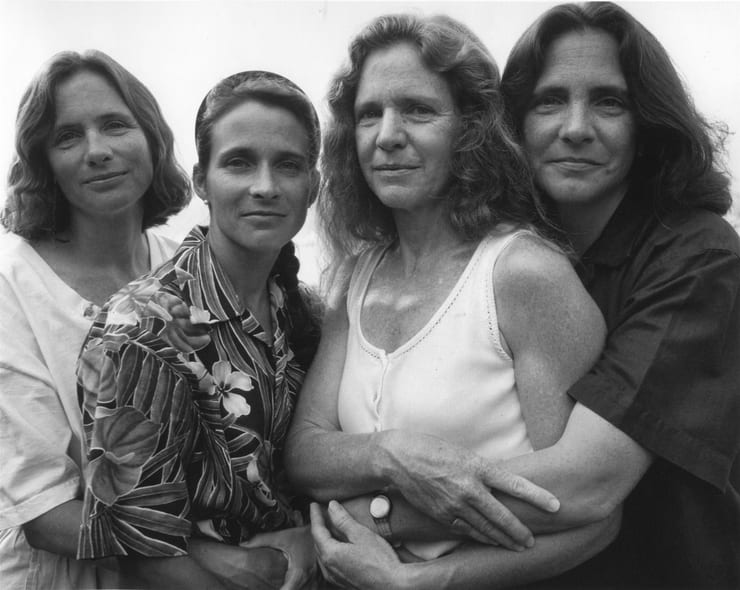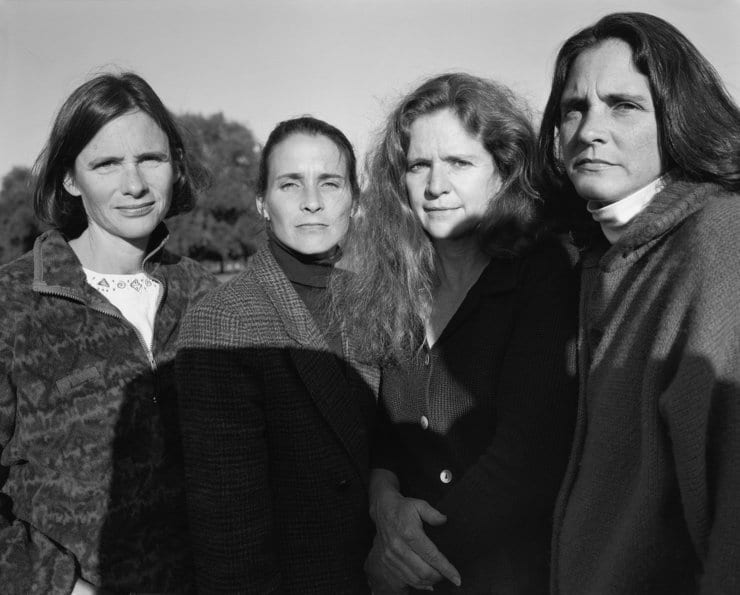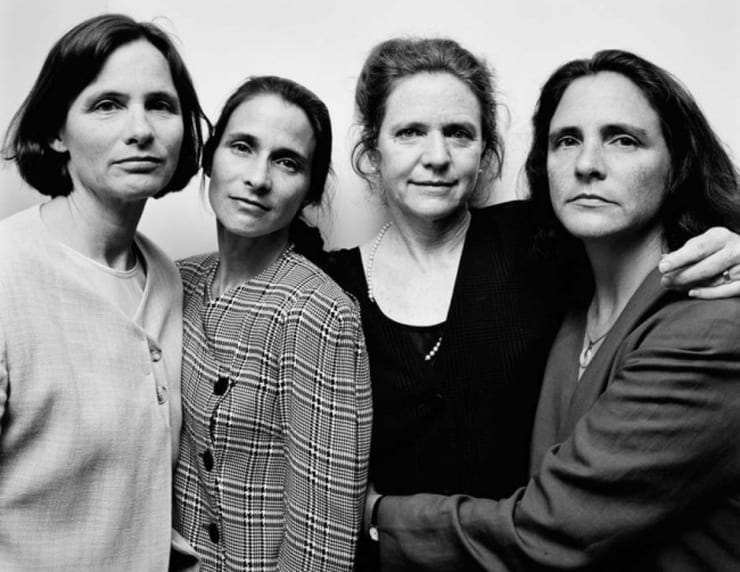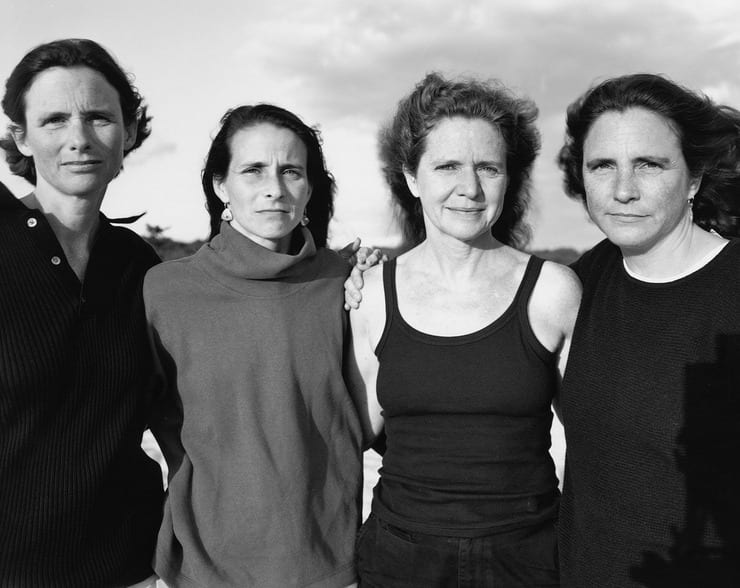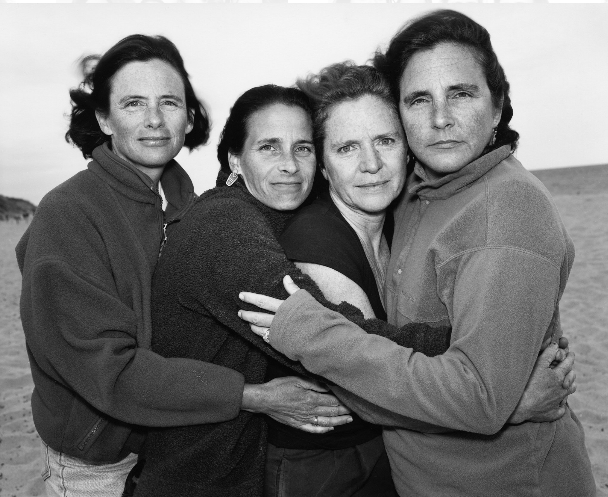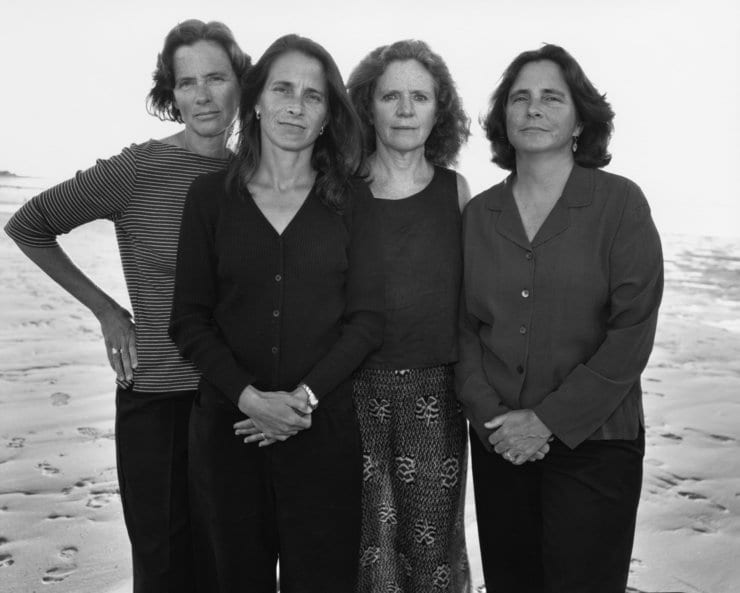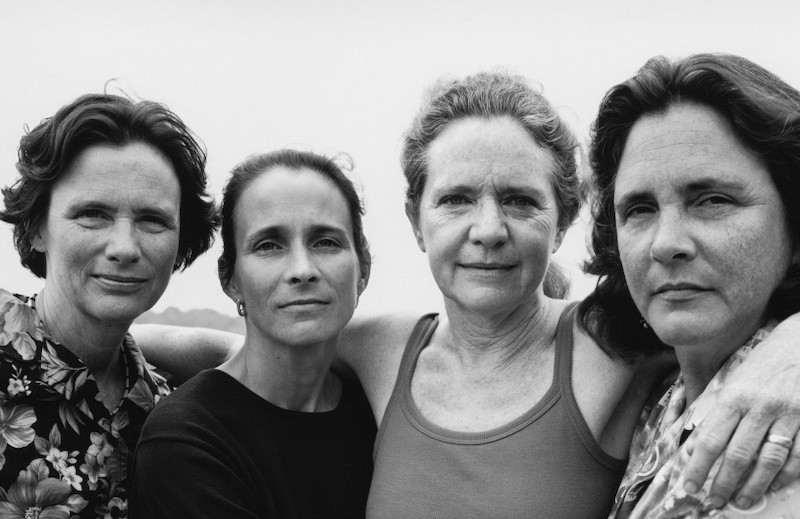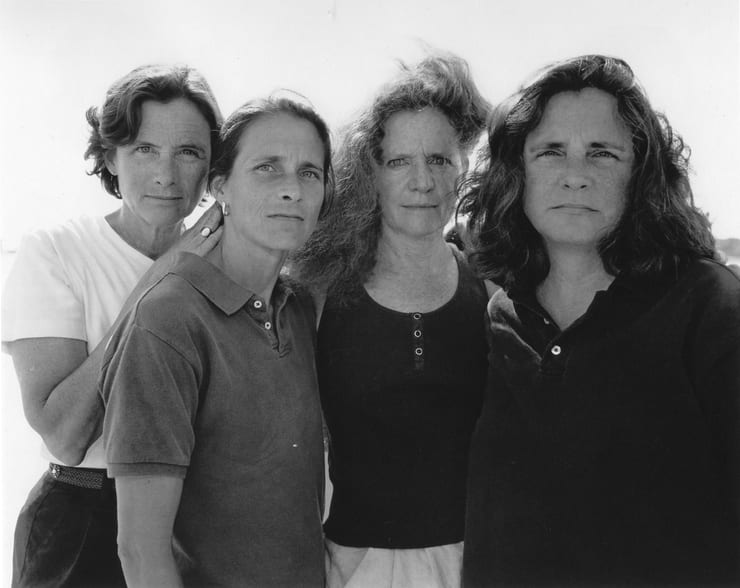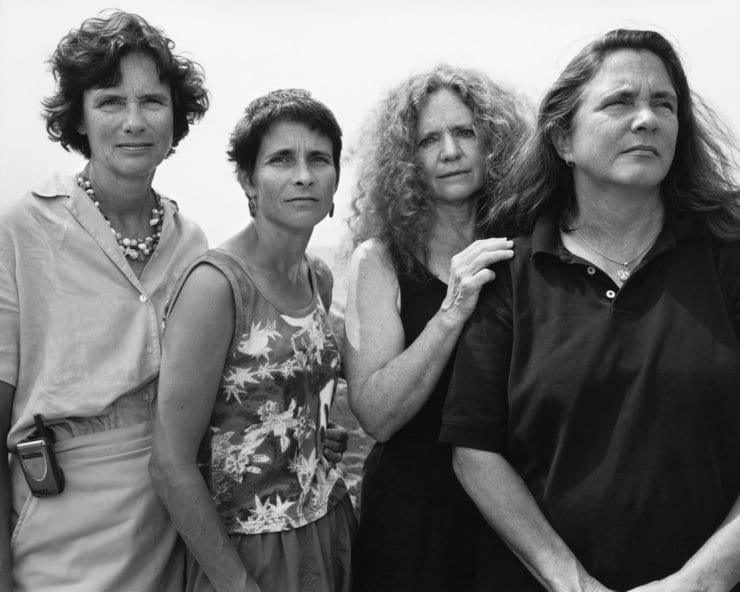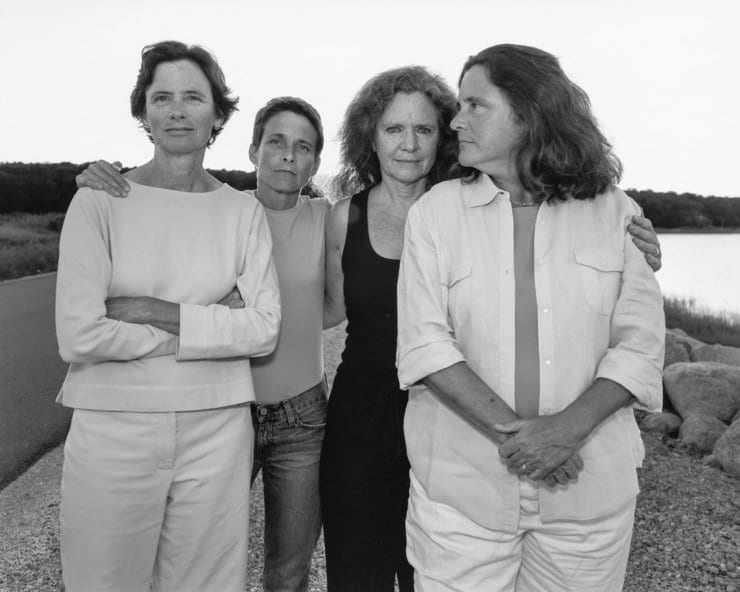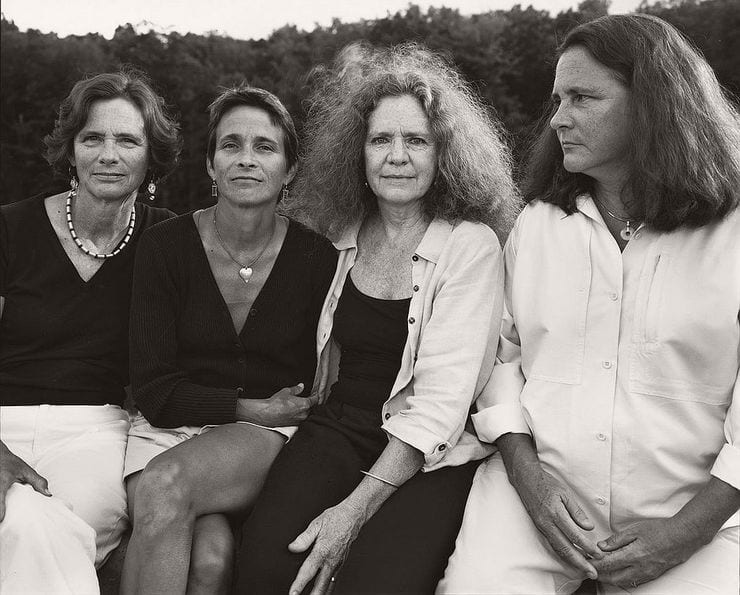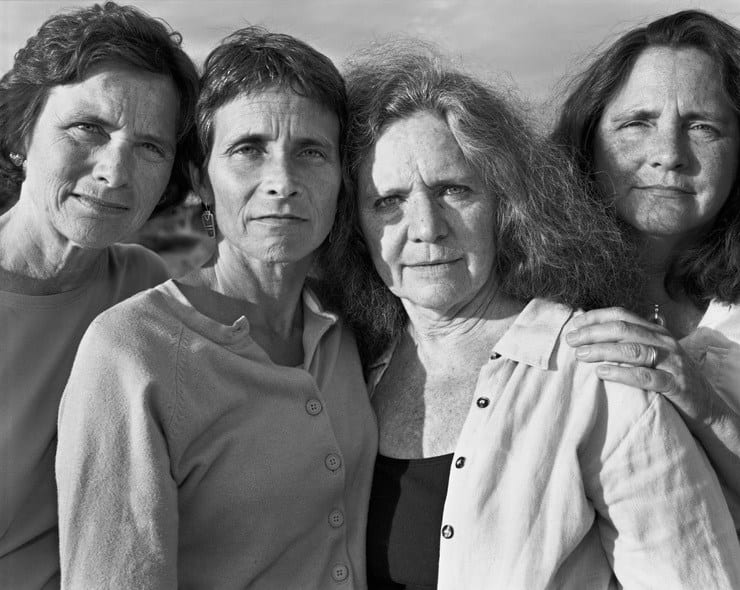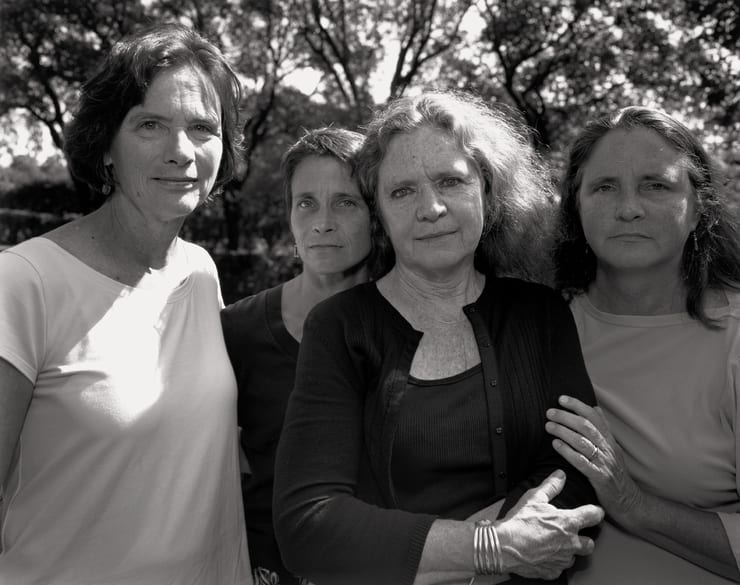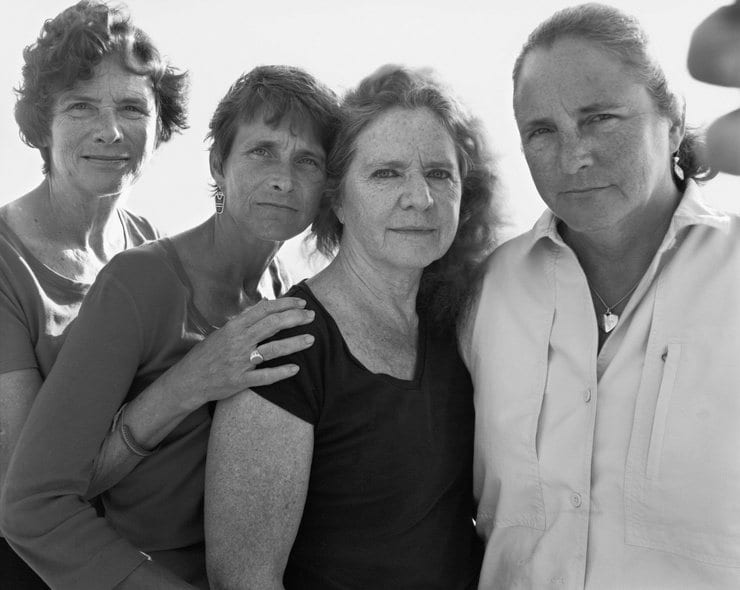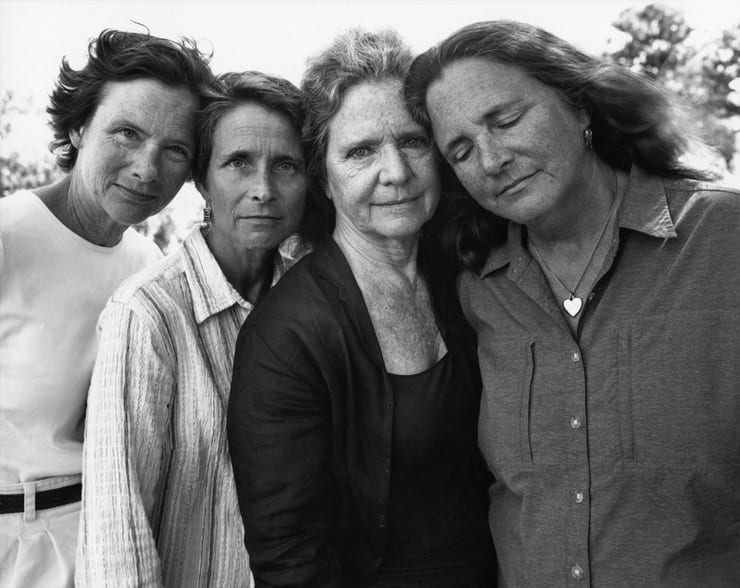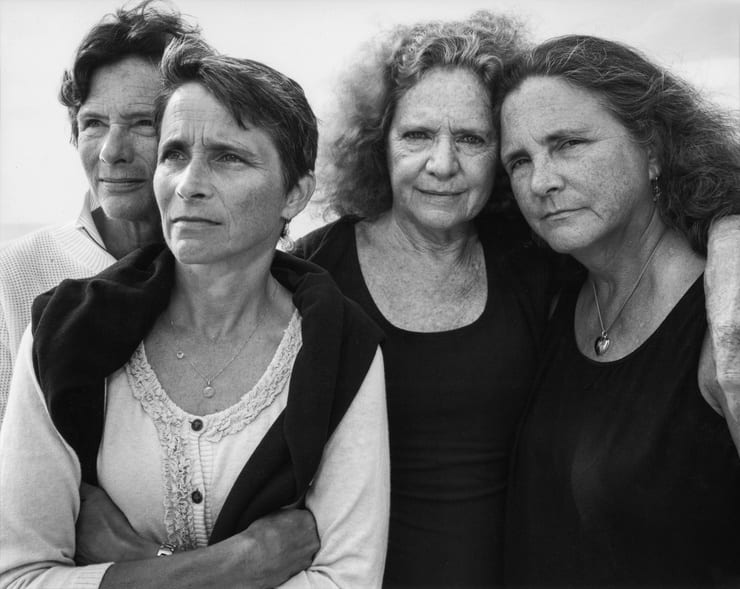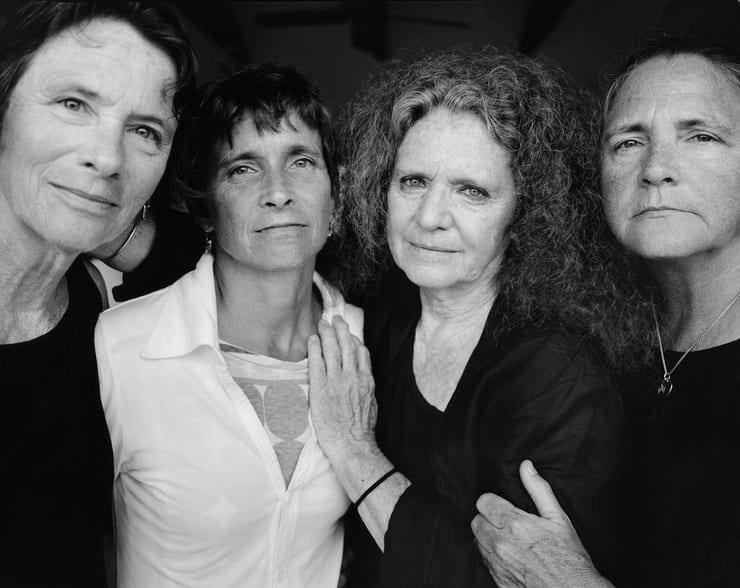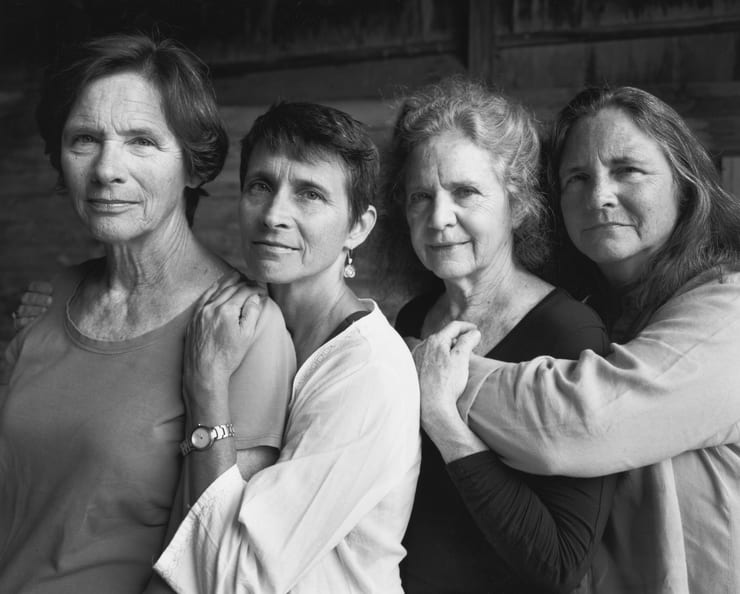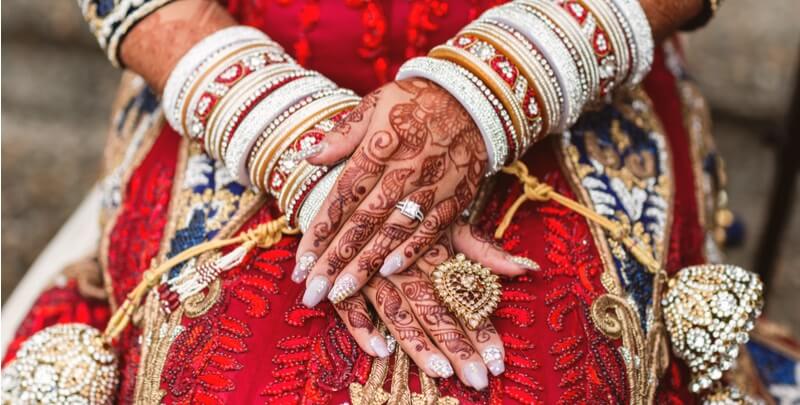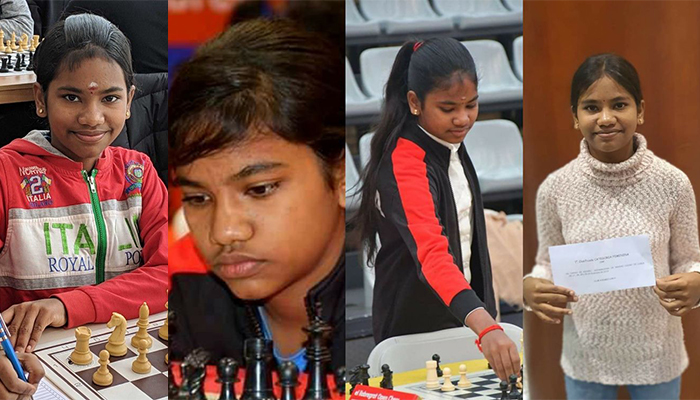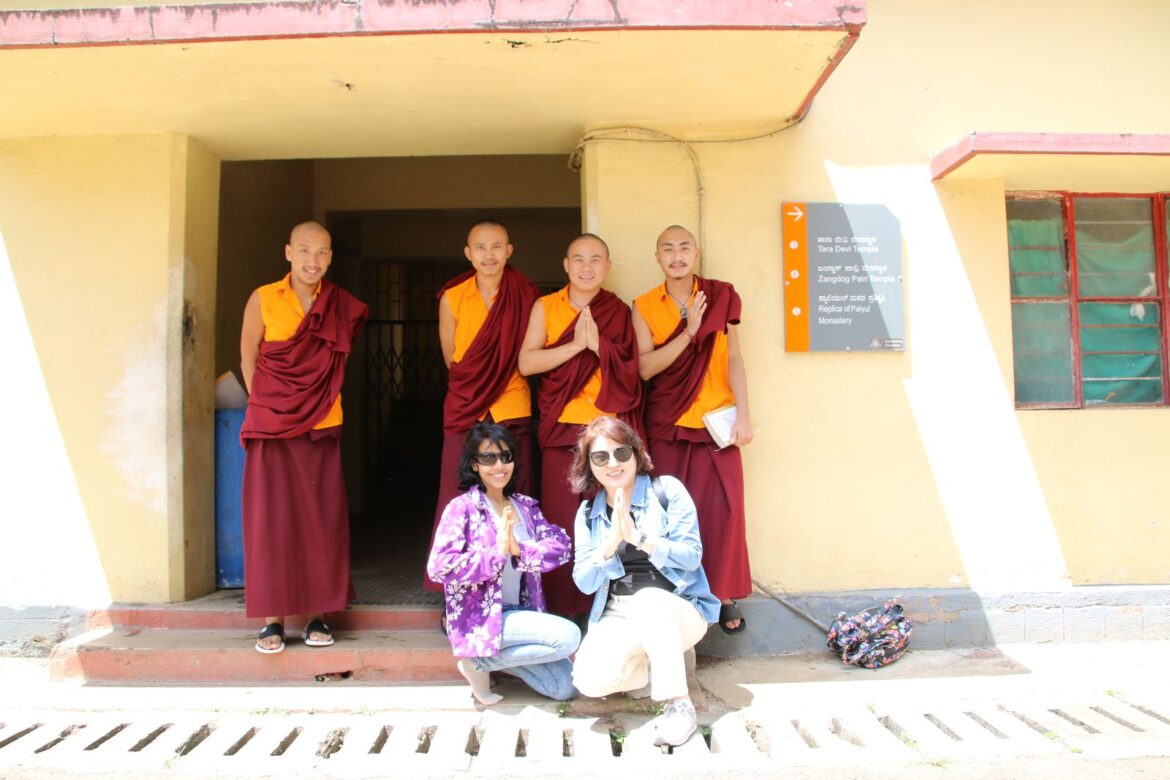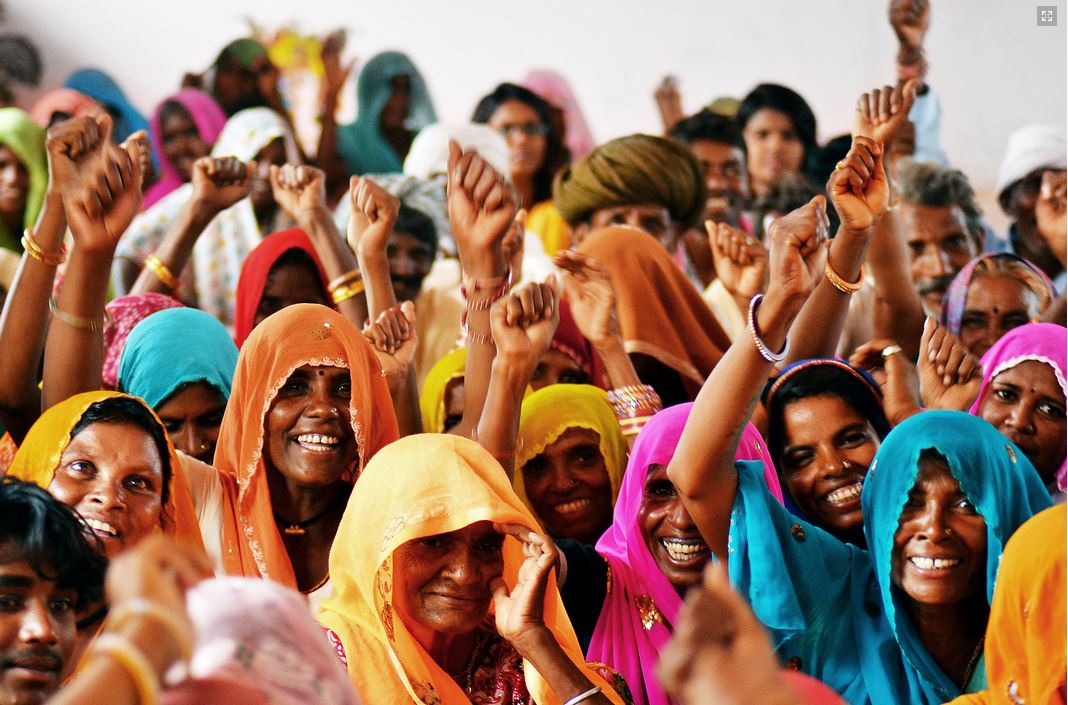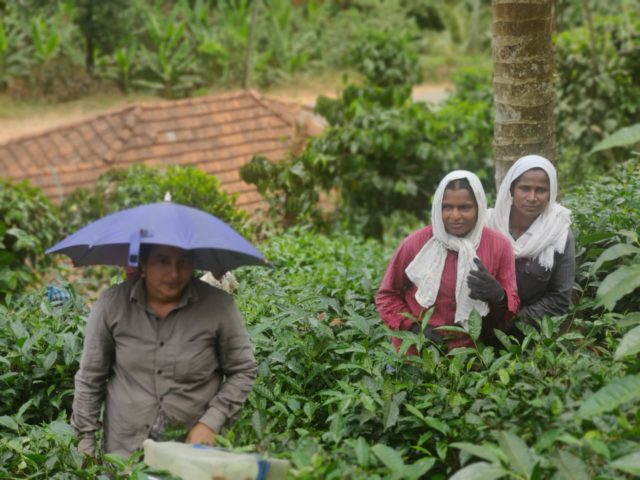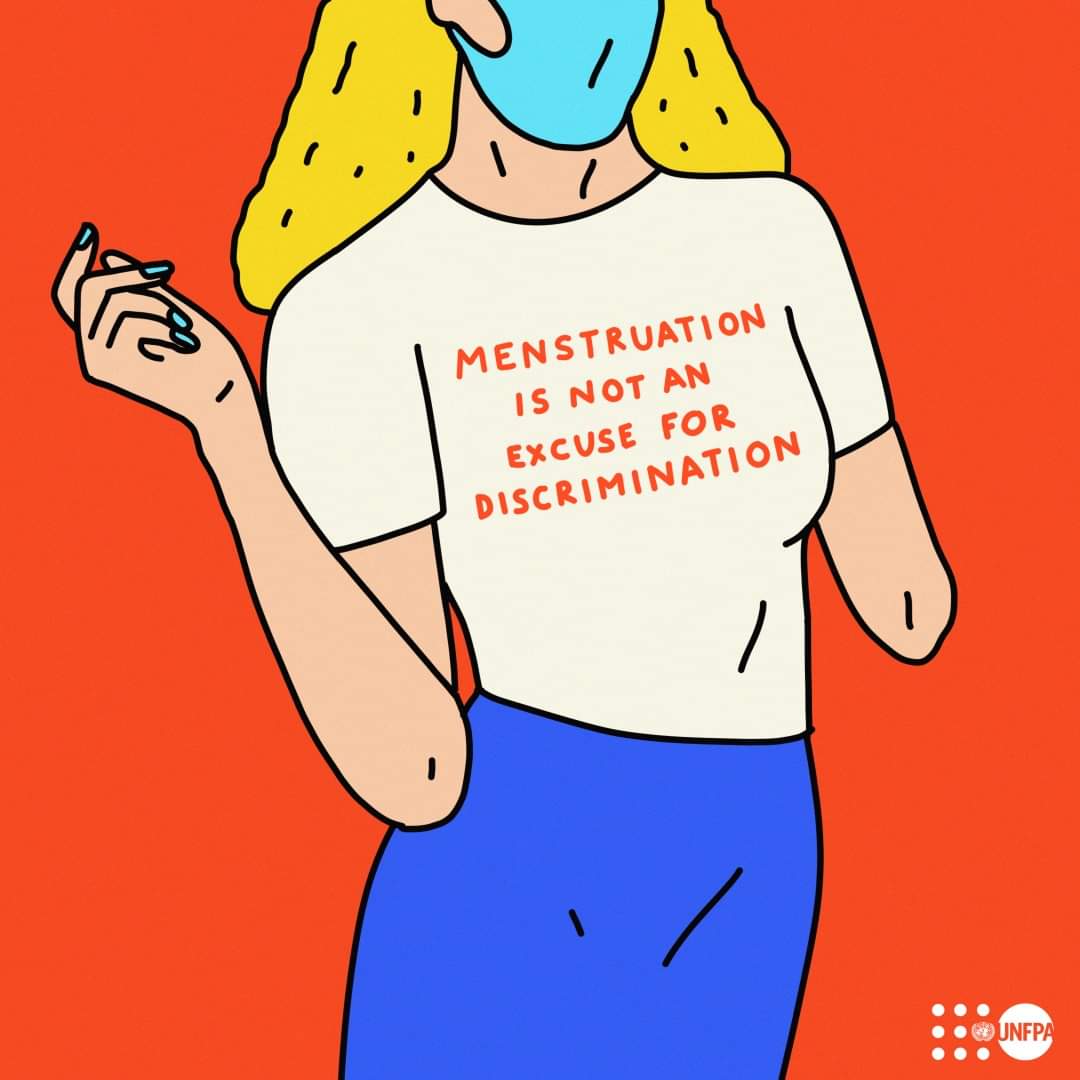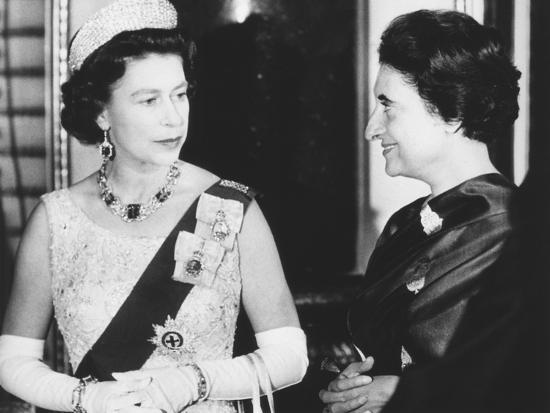राजेश ओ.पी. सिंह
नब्बे के दशक में जब बहुजन समाज लोगों में इस बात की जागरूकता आई कि संख्या में तो वो ज्यादा है परन्तु सत्ता में उनकी भागीदारी नगण्य है, तब एक नारा “जिसकी जितनी संख्या भारी, उसकी उतनी हिस्सेदारी” लगना शुरू हुआ। ऐसे अनेकों नारों व संघर्षों से बहुजन समाज ने अपने लोगों को एकजुट करके सत्ता में अपनी भागीदारी सुनिश्चित करने के प्रयास शुरू किए और काफी हद तक कामयाब भी हुए। इस प्रकार के नारों और संघर्षों की ज़रूरत महिलाओं को भी है, क्यूंकि महिलाएं संख्या में तो पुरुषों के लगभग बराबर है परन्तु सत्ता में उनकी भागीदारी ना के बराबर है। भारत में महिलाओं की स्थिति में समय समय पर बदलाव होते रहे हैं, पिछले कुछ दशकों में उनकी सामाजिक स्थिति और अधिकारों में काफी बदलाव आए हैं परन्तु राजनीतिक प्रतिनिधित्व (सत्ता की भागीदारी) की स्थिति में कोई खास बदलाव देखने को नहीं मिला है। भारतीय राजनीति में आज भी आम आदमी की बात होती है, आम औरत के बारे में कोई बात नहीं करता, सभी राजनीतिक दलों के एजेंडे में महिलाओं के मुद्दे सबसे अंत में आते हैं।
“इंटर पार्लियामेंट्री यूनियन रिपोर्ट” जिसमे विश्व के निम्न सदनों में महिलाओं की संख्या के अनुसार रैंकिंग तय की जाती है, 2014 के आंकड़ों के अनुसार 193 देशों की सूची में भारत का 149 वां स्थान है, वहीं पड़ोसी देश पाकिस्तान और बांग्लादेश जिन्हें हर कोई महिला विरोधी मानता है, जहां पर शासन कभी लोकतंत्र तो कभी सैनिकतंत्र में बदलता रहता है, इन देशों ने क्रमशः 100 वां और 95 वां स्थान प्राप्त किया है।
भारत में पहली लोकसभा (1952) चुनाव में महिला सांसदों की संख्या 22 (4.4%) थी, वहीं 17वीं लोकसभा (2019) चुनावों में ये संख्या 78 (14.39%) तक पहुंची है, अर्थात महिला सांसदों की संख्या को 22 से 78 करने में हमें लगभग 70 वर्षों का लंबा सफर तय करना पड़ा है।
राज्य विधानसभाओं में भी महिला प्रतिनिधियों की स्थिति नाजुक ही है, जैसे हाल ही में संपन्न हुए पांच राज्यों के विधानसभा चुनावों में से यदि हम केरल, पश्चिम बंगाल और तमिलनाडु के चुनावी नतीजों का अध्ययन करें तो इनमे महिला विधायकों की संख्या केवल 9.51 फीसदी है। केरल राज्य, जहां बात चाहे स्वास्थ्य की करें या शिक्षा की करें, हर पक्ष में अग्रणी है, परंतु यहां कुल 140 विधानसभा सीटों में से केवल 11 महिलाएं ही जीत पाई हैं। वहीं तमिलनाडु जहां जयललिता, कनिमोझी जैसी बड़े कद की महिला नेताओं का प्रभाव है यहां 234 विधानसभा सीटों में से केवल 12 सीटें ही महिलाएं जीत पाई हैं। दूसरी तरफ पश्चिम बंगाल जहां महिला मुख्यमंत्री है वहां पर स्थिति थोड़ी सी ठीक है और 294 में से 40 महिलाओं ने जीत दर्ज की है। इसमें हम साफ तौर पर देख सकते है कि महिला पुरुषों की संख्या में भारी अंतर है।
संयुक्त राष्ट्र ने अपनी एक रिपोर्ट में कहा कि भारत जैसे देशों में जहां महिलाओं की सत्ता में भागीदारी बहुत कम है और यदि ये गति ऐसे ही चलती रही तो इस पुरुष – महिला के अंतर को खत्म करने में लगभग 50 वर्षों से अधिक समय लगेगा।
सक्रिय राजनीति में महिलाओं की दयनीय स्थिति के लिए केवल राजनीतिक पार्टियां जिम्मेदार नहीं है, बल्कि हमारा समाज भी जिम्मेदार है, जो महिलाओं का नेतृत्व स्वीकार नहीं करता। जितनी महिलाएं राजनीति में हैं उनमें से 90 फीसदी महिलाएं राजनीतिक परिवारों से सम्बन्ध रखती है और इन्हें भी मजबूरी में राजनीति में लाया गया है जैसे हम हरियाणा की प्रमुख महिला नेताओं – कुमारी शैलजा, रेणुका बिश्नोई, किरण चौधरी, नैना चौटाला, सावित्री जिंदल आदि, की बात करें तो पाएंगे कि ये सब अपने पिता, ससुर या पति की मृत्यु या उपलब्ध ना होने के बाद राजनीति में आई है, शैलजा जी ने अपने पिता के देहांत के बाद उनकी सीट पर उपचुनाव से राजनीति में प्रवेश किया, सावित्री जिंदल और किरण चौधरी अपने पति की मृत्यु के बाद उनकी जगह पर चुनाव लडा, रेणुका बिश्नोई अपने ससुर जी के देहांत के बाद राजनीति में आई, वहीं नैना चौटाला अपने पति के जेल में होने के बाद उनकी सीट से चुनाव लड़ कर राजनीति में आई। इस से स्पष्ट होता है कि महिलाएं चुनाव लड़ती नहीं बल्कि उन्हें मजबूरी में लड़वाया जाता है। चुनावों में महिलाओं को स्टार प्रचारक के तौर पर प्रयोग किया जाता है, महिलाओं के लिए अनेकों योजनाएं घोषित की जाती है परन्तु टिकट नहीं दिए जाते।
महिलाओं पर उनकी पहचान, उनके रंग रूप, उनके शरीर की बनावट से लेकर उनके कपड़ों तक पर टिका टिप्पणी होती है। जैसे शरद यादव ने राजस्थान की पूर्व मुख्यमंत्री वसुंधरा राजे के लिए कहा कि अब आप ज्यादा मोटी हो गई है, अब आपको आराम करना चाहिए, वहीं कुछ वर्ष पहले एक वामपंथी नेता ने ममता बनर्जी के लिए कहा कि ये लाल रंग से इतनी नफरत करती हैं कि अपने मांग में सिंदूर नहीं लगाती। अवसरवादिता और अति पुरुषवादी राजनीति, महिलाओं के प्रतिनिधित्व को बढ़ने नहीं दे रही।
वहीं सीएसडीएस ने अपने एक सर्वे में पाया कि महिलाओं की राजनीति में कम संख्या के पीछे अनेक कारण है जैसे 66 फीसदी महिलाएं इसलिए राजनीति में नहीं आती क्योंकि उनकी निर्णय लेने की शक्ति नहीं के बराबर है, वहीं 13 फीसदी महिलाएं घरेलू कारणों से, 7 फीसदी महिलाएं सांस्कृतिक कारणों से, और कुछ राजनीति में रुचि ना होना, शैक्षिक पिछड़ापन असुरक्षा का भय, पैसे की कमी आदि।
एक कारण और भी है कि महिलाएं ही महिला उम्मीदवार का समर्थन नहीं करती, जैसे कि हम देखें भारत में 73 लोकसभा सीटें ऐसी हैं जहां पर महिलाओं के वोटों की संख्या पुरुषों के मुकाबले ज्यादा है, परंतु इन 73 में से केवल 3 सीटों पर महिला सांसद चुन कर आई है, अर्थात जहां महिलाओं के वोट ज्यादा है वहां भी 96 फीसदी सीटें पुरुष उम्मीदवारों ने जीती हैं।
कई जगहों पर महिलाएं ही महिलाओं को विरोध करती नजर आती है जैसे श्रीमती सोनिया गांधी के लिए सुषमा स्वराज ने कहा था कि यदि सोनिया गांधी प्रधानमंत्री बनी तो मैं अपना मुंडन करवा लूंगी, भाजपा की एक अन्य नेता शायनी एन.सी. ने एक बार मायावती पर टिप्पणी करते हुए कहा कि मायावती महिला है भी या पुरुष। तो महिलाओं पर इस स्तर की घटिया टीका टिप्पणी न केवल पुरुष करते है बल्कि महिलाएं भी करती हैं।
सत्ता में महिलाओं की कम भागीदारी के लिए महिला नेता भी ज़िम्मेदार है, जैसे कि उतरप्रदेश, पश्चिम बंगाल, तमिलनाडु, राजस्थान आदि राज्यों में महिलाएं मुख्यमंत्री रहीं है या आज भी अपने पद पर बनी हुई हैं, परन्तु इन राज्यों में भी महिलाओं की सत्ता में भागीदारी नगण्य ही है, इसका एक कारण ये है कि महिला नेता भी महिलाओं के लिए कार्य नहीं करती, महिलाओं को राजनीति में जगह नहीं देती, यदि इन मजबूत महिला नेताओं ने महिलाओं के लिए राजनीति का प्रवेश द्वार खोला होता तो शायद आज ये और भी ज्यादा मजबूत नेता होती।
अब असल सवाल ये है कि सत्ता में महिलाओं की भागीदारी को कैसे बढ़ाया जाए? इसके लिए सबसे उपयुक्त समाधान आरक्षण को माना जाता है, और महिला आरक्षण के संबंध में भारतीय संसद में 1996 से कई बार बिल लाया गया परन्तु अभी तक पास नहीं हो पाया है I असल बात तो ये है कि राजनीतिक दलों की इच्छा ही नहीं है कि महिलाओं को सत्ता में भागीदारी दी जाए क्योंकि यदि वो असल में महिलाओं की सत्ता में भागीदारी चाहते तो सबसे पहले अपने पार्टी के संगठन में महिलाओं को उचित प्रतिनिधित्व देते और यदि महिलाओं को मुख्य संगठन में उचित प्रतिनिधित्व मिलता तो शायद उनके लिए अलग से महिला मोर्चा या महिला विंग बनाने कि जरुरत नहीं पड़ती I हम देखते है की इन महिला मोर्चा या विंग की पार्टी के निर्णयों में कोई भूमिका नहीं होती। ये मोर्चे या विंग अपने सदस्य महिलाओं को भी सत्ता में भागीदारी नहीं दिलवा पाते तो आम महिला को कैसे दिलवा पाएंगे।
वहीं एक सवाल ये भी है कि क्या आरक्षण देने से महिलाओं की भागीदारी सुनिश्चित की जा सकती है? क्यूंकि आरक्षण से सदनों में महिलाओं की संख्या तो बढ़ जाएगी ,परंतु क्या महिलाएं निर्णय ले पाएंगी, इस पर विचार करने की आवश्यकता है। जैसे यदि हम देखें कि पंचायतों में 1993 से महिलाओं के लिए सीटें आरक्षित की गई हैं, महिलाएं सरपंच या प्रधान तो बन जाती है परन्तु सारे निर्णय उनके घर के पुरुष ही लेते हैं। उनका केवल नाम होता है।
अंत में हम कह सकते हैं कि महिलाओं की सत्ता में भागीदारी तभी सुनिश्चित की जा सकती है जब उन्हें सभी दलों में उचित स्थान व पद मिले और साथ में निर्णय निर्माण की शक्ति मिले क्यूंकि बिना निर्णय निर्माण की शक्ति के महिलाएं चुनाव जीत कर भी कुछ नहीं कर पाएंगी। परंतु इस सब के बावजूद खुशी की बात ये है कि अब महिलाओं ने मतदान के लिए घरों से बाहर निकलना शुरू किया है, 1952 पहली लोकसभा में पुरुषों व महिलाओं के मतदान में 17 फीसदी का अंतर था, वहीं 2019 के सत्रहवीं लोकसभा में पुरुष महिला का ये अंतर घट कर 0.4 फीसदी रह गया है।


